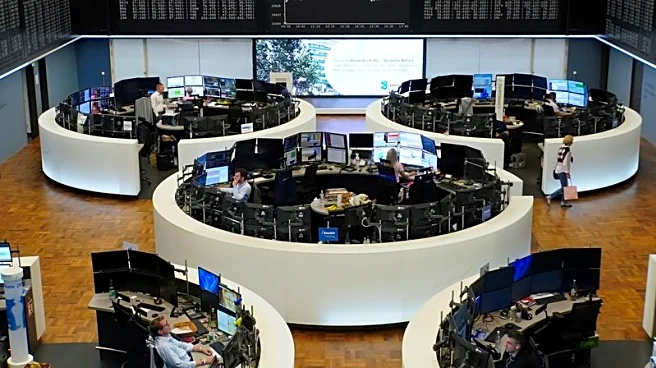What's Happening?
Tricolor, a subprime auto lender, has filed for Chapter 7 bankruptcy, marking a rare instance of a multibillion-dollar company opting for liquidation rather than restructuring under Chapter 11. The company's operations ceased abruptly, leading to the termination of over 1,000 employees and the closure of 60 retail locations. The Chapter 7 trustee is now tasked with stabilizing the situation, managing approximately 100,000 auto loans, and addressing creditor claims. The decision to pursue Chapter 7 suggests a rushed decision-making process and presents significant challenges for creditors like Barclays and JPMorgan, who are seeking recovery.
Why It's Important?
Tricolor's bankruptcy is notable due to its scale and the choice of Chapter 7, which is typically reserved for smaller businesses. This decision impacts creditors, employees, and customers, highlighting the complexities of managing large-scale liquidations. The case underscores the potential risks associated with subprime lending and the importance of robust financial oversight. For creditors, the liquidation process may result in reduced recoveries, while employees face job losses and customers experience disruptions. The situation also raises questions about corporate governance and the need for transparency in financial operations.
What's Next?
The trustee, Anne Burns, faces the challenge of quickly understanding Tricolor's operations and liquidating assets to pay creditors. This process may take months or years, with potential legal actions against former management for misconduct. The trustee has already moved to appoint Vervent Inc. as the primary loan servicer and may seek authority to operate the business temporarily. The bankruptcy proceedings will continue to unfold, with stakeholders closely monitoring developments and potential impacts on the auto lending industry.











